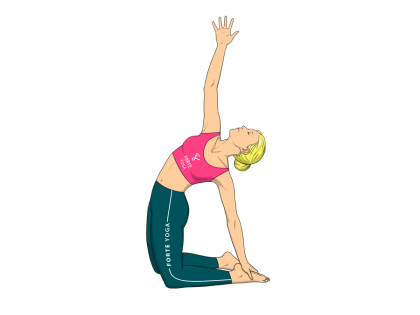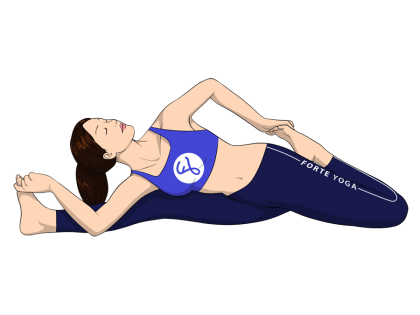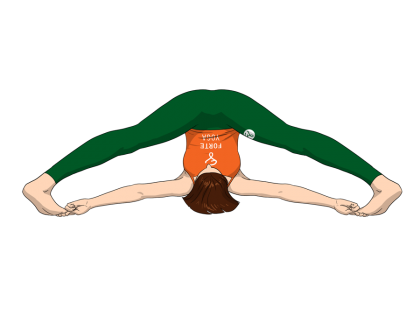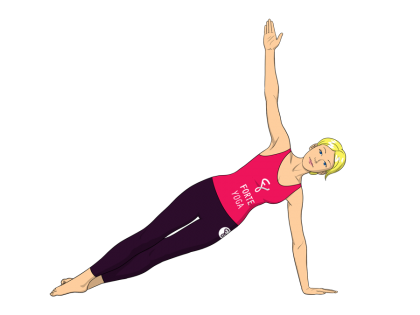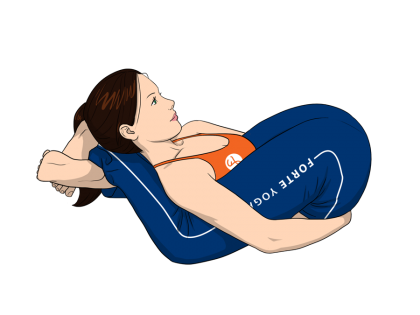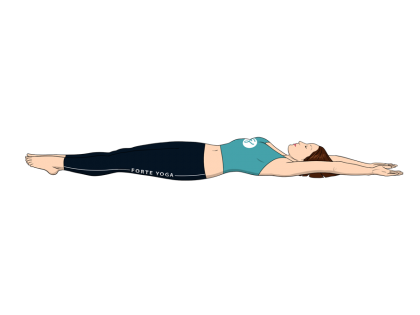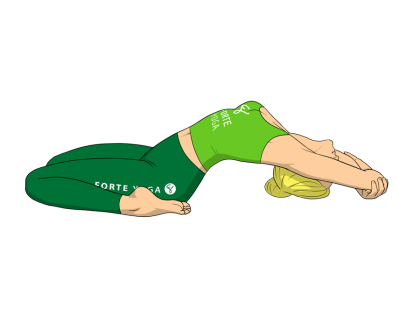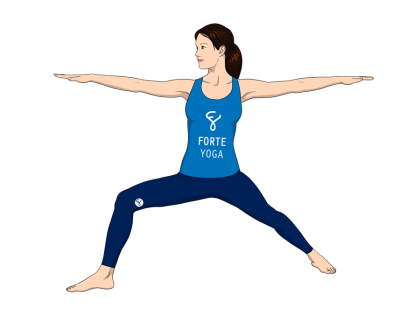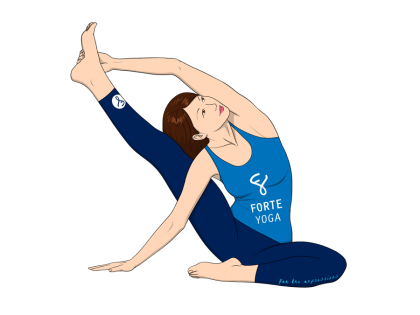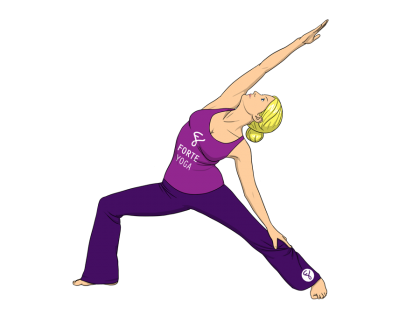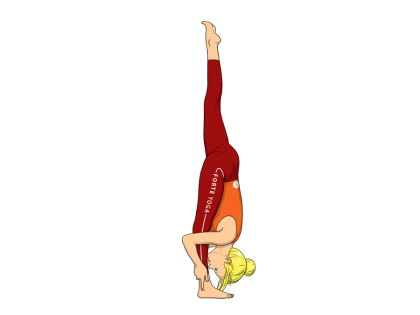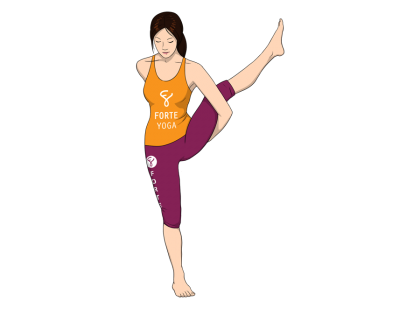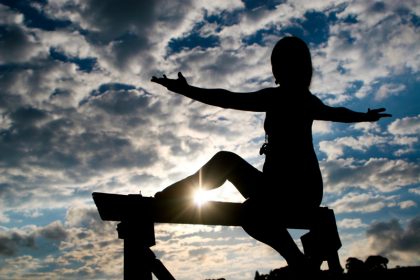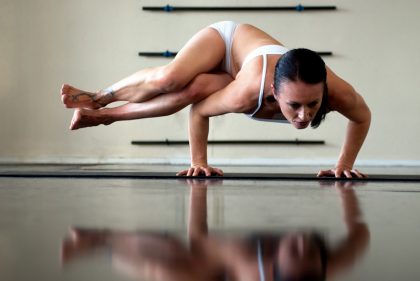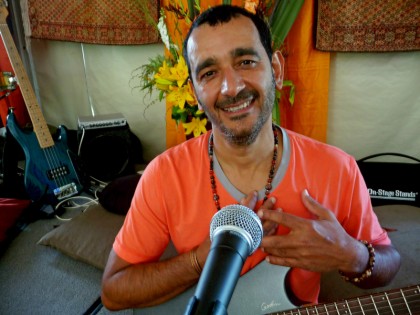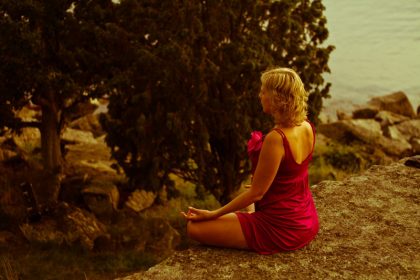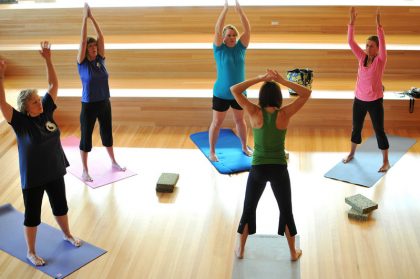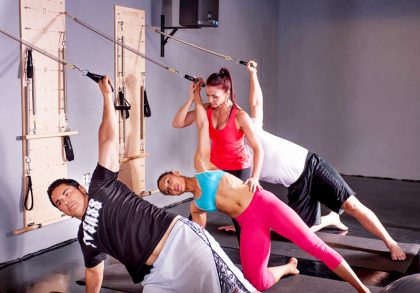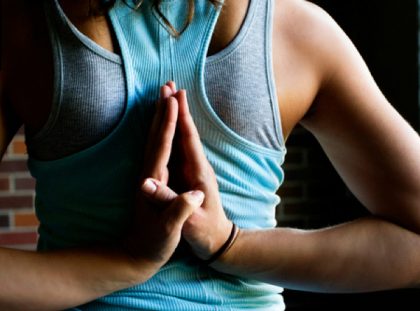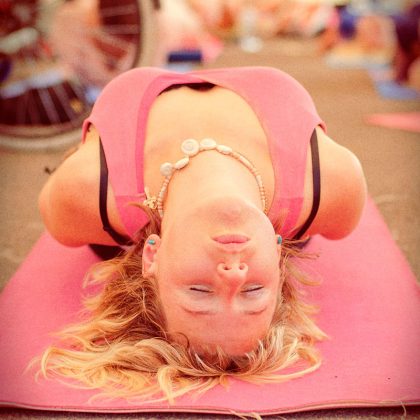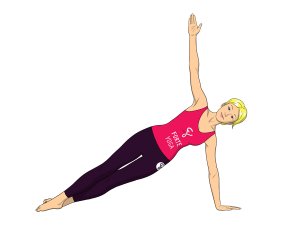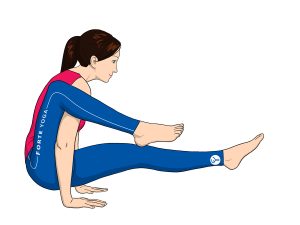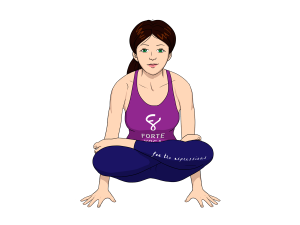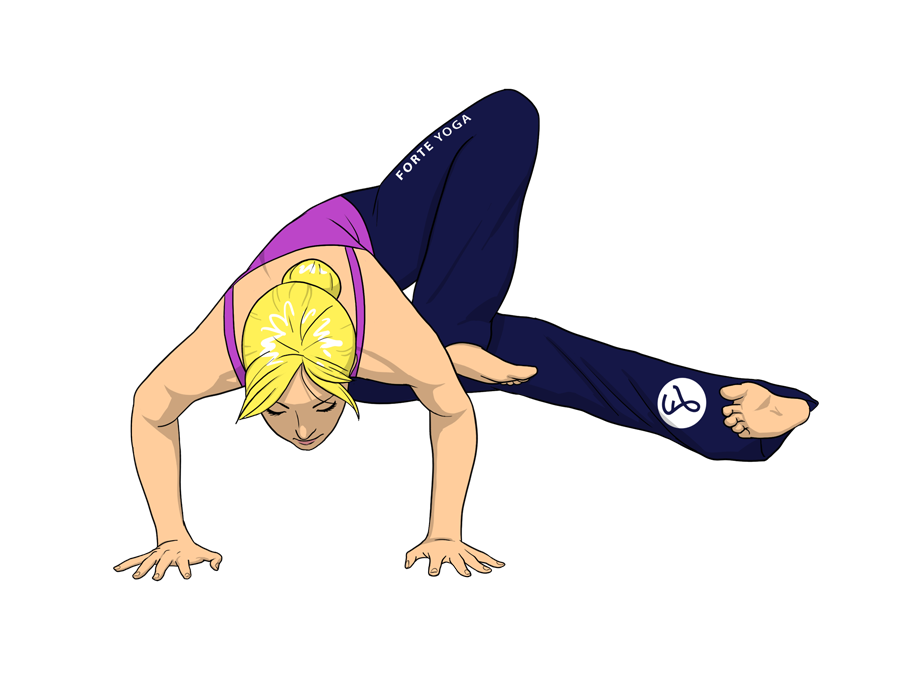
overview
Dragonfly Yoga Pose is an arm balance pose that targets the biceps and triceps and is ideal for yogis and yoginis at an advanced level.
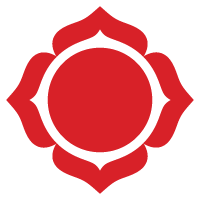 muladhara – the root chakra
muladhara – the root chakrarelated poses
[yoga-sharrre]
How To Do Dragonfly Yoga Pose
- Start the position in Tree Pose (Vrksasana), left leg grounded and the right foot resting on your inner left thigh.
- Using your hands, lift your right foot and place your ankle above your left knee so that your foot is crossing in front of your leg. You can place your ankle just above the left knee or higher up on your thigh.
- Exhale and begin to bend at the hips, holding your foot in place with the opposite hand. As you move your upper body forward, bend your left knee slightly to lower your body further. As your upper body moves in closer to your folded leg, bring your arms in front of you and place your fingertips on the floor for stability.
- Exhale and twist your torso to the left, placing both of your palms flat on the floor and shoulder-width apart outside of your left leg. Spread your fingers to create more stability, then press your left knee into the upper part of your right arm. At the same time, press against your left arm with your left hip, evenly distributing your body’s weight and pushing equally against both arms. The sole of your right foot should also be pushed against the upper right arm. Hold this position for a few moments until you have a stable base.
- Before you begin to lift your foot off of the ground, make sure your left knee and left hip are both positioned just above your elbows; your elbows are going to act as a kind of shelf when you begin to lift. Shift your weight forward through your left leg and into your arms, letting the weight move away from your feet but still keeping them on the ground. Try this a couple of times, adjusting your arms and left leg until they are placed properly for the lift.
- Once you’re comfortable, exhale as you slowly transfer the weight of your leg fully onto your arms, leaning your head forward and moving closer toward the floor. As you move forward you will feel your foot begin to lift naturally, left leg resting on your slightly bent elbows. Keep your legs firm and active. At this point, both knees should be bent and off of the ground, right knee pointing up toward the ceiling. Your face should be hovering a few inches above the ground and all of your weight pushing into the floor through your palms.
- Exhale and extend your left leg out to the side, straightening it completely as you keep the right leg in the same position. Extend and spread the toes as you push out through the heels or balls of the feet. Gaze at the floor, or turn your head gently to gaze at the toes of the extended leg.
- Hold this position for a few breaths, but try to stay in the position for at least 20 seconds if possible. To come out, slowly move your weight off your arms and back into your legs, placing them softly on the floor. Repeat the steps with the other side.
Notes
- Breathe deeply through each step.
- You will most likely be unable to perform this pose fully until you’ve practiced a few times, even if you’re already quite balanced or flexible. Starting out, you may have to stop after steps 2 or 3, moving onto the next steps after you feel comfortable.
- Do not perform if you have an arm or wrist injury.
Tips
If you’re having trouble staying balanced, place a block, bolster or even folded towels or blankets on the floor to rest your forehead on. This will also help you feel secure if you’re unstable from fear of falling on your face.
When just starting out this pose, it’s best to have a blanket placed slightly in front of you to break your fall in case you lose your balance.
Stretches & Strengthens
All Muscles: Biceps, triceps, wrists, hands, abs
Target Muscles: Biceps, triceps
Health Benefits of Dragonfly Yoga Pose
- Improves balance and concentration.
- Strengthens core muscles.
- Opens the hips.

